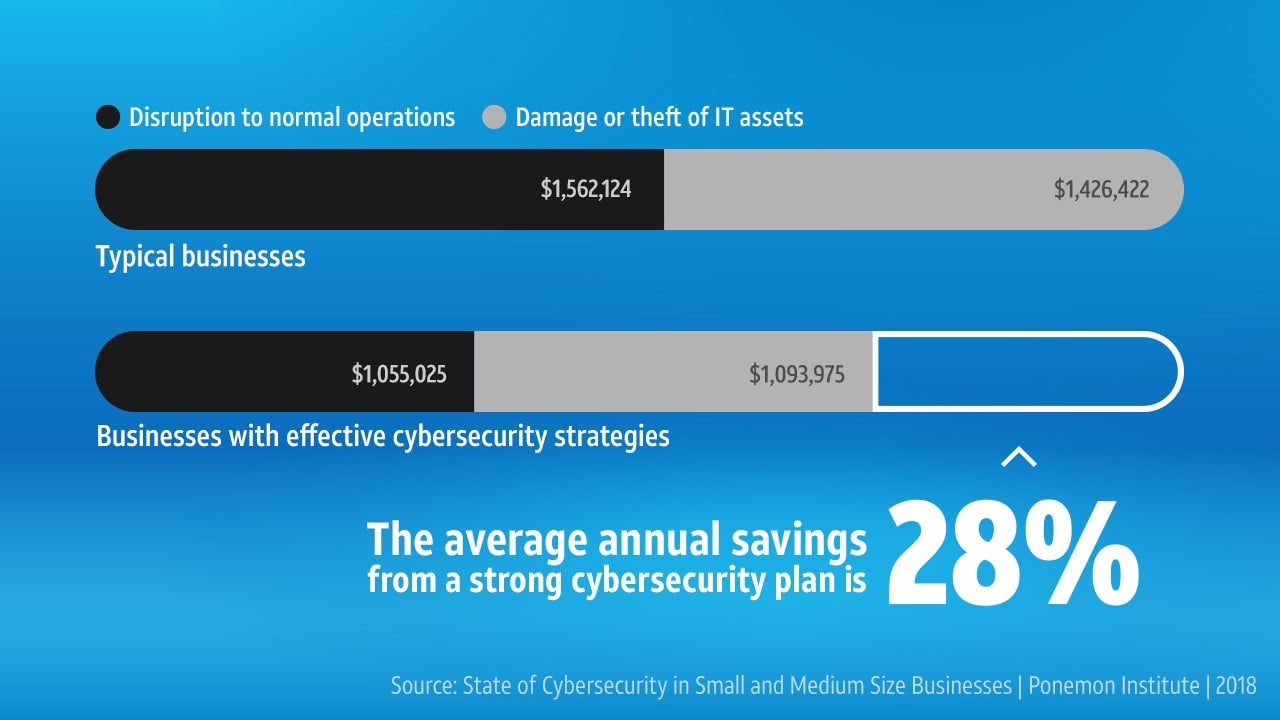Can your security strategy keep pace with your data? These are the safeguards to keep in place as your business expands
If you were to imagine a company’s data repository, it might look like a maze of hallways and doors guarding neatly categorized stockpiles of information. The security systems on each of these passages—locks, codes, biometric scanners—become more advanced for sensitive material. Customer data, top-secret internal communications, and intellectual property licenses have particularly intricate safeguards in place.


If you were to imagine a company’s data repository, it might look like a maze of hallways and doors guarding neatly categorized stockpiles of information. The security systems on each of these passages—locks, codes, biometric scanners—become more advanced for sensitive material. Customer data, top-secret internal communications, and intellectual property licenses have particularly intricate safeguards in place.
For a midsize business, the corporate data archive becomes increasingly elaborate as it expands. In other words, as data systems become more involved, it becomes easier for organizations to miss potentially devastating security gaps or incidents.
According to AT&T Business, this moment—when data’s capacity and complexity are close to outpacing the ability to support it—is an indicator that a midsize organization should proactively upgrade its cybersecurity plan. Here are the signals to watch and the solutions to deploy when you need to support company growth and prevent security breaches.

Three signs your company needs to ramp up cybersecurity
The insidious nature of today’s cyber threats makes precaution especially important for midsize businesses. Cybercriminals often perceive SMBs as easier targets, because they typically have less sophisticated security infrastructure than larger organizations and may not have the requisite resources to respond to a breach quickly. Below are a few signs that your organization should consider expanding its current cybersecurity capabilities:
🔍 Your IT team is spending all its bandwidth cataloging emerging threats.
🔍 The average employee has no idea what constitutes “risky” security behavior when they’re remote.
🔍 Your transaction channels have expanded, creating seams where sensitive data can slip through the cracks.
Three ways to stay ahead of the security curve
Prevention and detection are the linchpins of holistic, effective cyber risk management. AT&T Business offers an edge-to-edge approach that allows companies to intercept threats before they even begin. Below are proactive steps AT&T Business suggests midsize organizations take to protect themselves and provide that they can keep growing.
💻 Cultivate a “defense first” culture.
💻 Make VPNs mandatory.
💻 Use a unified security management platform.
There’s no one-and-done action to solve all your security needs. In today’s data-rich, threat-heavy landscape, you have to establish a sound framework. Once a midsize organization hits the growth tipping point and begins to support increasingly complicated data, a comprehensive approach keeps the focus on effective scaling instead of constant course-correcting. With this in mind, AT&T cybersecurity consultants don’t just find problems; they define comprehensive solutions, so mid-market businesses can flourish. With the right tools and expertise, a midsize business can change the conversation from reactive to proactive, and focus on their growth plan.